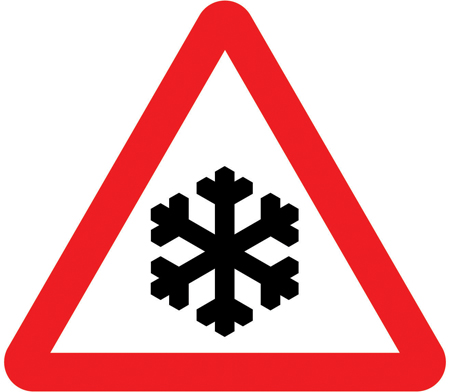As consultants an annual discussion arises with many clients regarding gritting/salting footpaths, parking areas, and access to the site and buildings. The Health and Safety at Work Act 1974, and indeed the Workplace, Health Safety and Welfare Regulations, stipulates that an employer must make all reasonable steps to provide a safe place of work.
The Management of Health and Safety at Work Regulations further stipulates that all work activity must be risk assessed and measures put in place to eliminate the hazard or control it so far as is reasonably practicable. These duties are not wavered in the event of adverse weather, in fact the opposite, adverse weather conditions are foreseeable and therefore should be considered.
Slipping and tripping is the most common cause of injury in the UK, you only need to look at the HSE statistics to see that 30% of all reported non-fatal injuries arise from this hazard. Icy conditions can lead to more serious incidents, causing greater degrees of harm, such as contact with an out of control vehicle, (Skidding), slipping and tripping on steps and external stairs, even loss of balance leading to a substantial fall from height the likelihood of such an incident and the severity of the consequence will undoubtedly increase and therefore such conditions must be subject to a suitable and sufficient risk assessment of the risk posed by adverse weather.
Here a few pointers to get your minds thinking about your own adverse weather (Snow and Ice) solution.
Develop an Adverse Weather Management Plan:
- Nominate an employee to monitor the weather and implement the Plan.
- Have procedures for clearing snow and ice. This may include the provision of rock salt or grit.
- Have procedures to keep main routes clear and treated. If they cannot, can you provide alternative routes.
- Include clear signage with ample distance and time to see it.
- Limit access to untreated dangerous areas, such as steps, ramps, or slopes.
- Always maintain your roadways and pathways. A poorly maintained pathway even during wet weather can become slippery and lead to an accident. Given that during a snowfall, compacted snow becomes slushy and slippery and during low temperatures is prone to turn to ice, an untreated pathway can be very dangerous to all users.
- Many access points to the premises, have steps up to the threshold, ensure that these have appropriate all year anti-slip solutions, and form part of your clearing in the event of snow and ice.
Provide those nominated for clearance duty with the following:
- Additional warm clothing
- High Visibility clothing
- Appropriate tools and equipment, i.e. snow shovel, grit spreader
- Ensure they have regular breaks in a warm environment.
Avoid lone working!
These are very board and by no means exhaustive measures, each premises will differ, the measures taken should be specific to your workplace. Preventative measures should be implemented when necessary. There are ample early warning signs for adverse weather, particularly those arises from weather forecasts. Don’t get caught out, if a member of staff or visitor to your premises is injured because of your poor, non-existent risk management solution you could be face enforcement action and or a civil claim.











